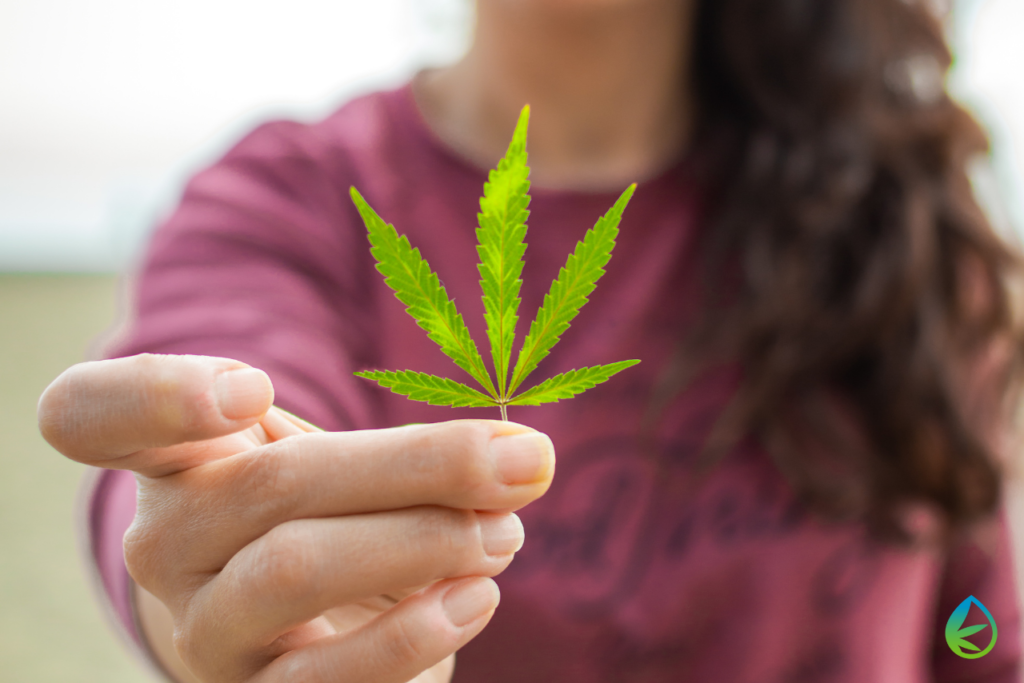The therapeutic benefits of CBD are not a new discovery. Cannabis is one of the first plants used as a medicine for religious ceremonies and recreationally. The first accounts of its use for these purposes stretch back 5000 years. However, the first documented use dates back to 2737 BC when Chinese Emperor Sheng Neng consumed cannabis-infused tea for ailments including memory loss, gout, malaria, and rheumatism, while Queen Victoria is believed to have used it to alleviate menstrual cramps during her reign. The drug’s popularity as a medicine spread throughout the Middle East down the eastern coast of Africa, Asia, and certain Hindu sects in India used Cannabis for stress relief and religious purposes. In addition, physicians prescribed marijuana for everything from pain relief to earache to childbirth throughout ancient times.
Although Cannabis has been used for centuries, it wasn’t until 1838 Its use came to the forefront that William B. O’Shaughnessy, an Irish physician in India, discovered the versatility of Indian hemp in the treatment of tetanus, rheumatic diseases, cholera, and epilepsy. Since then, many researchers have started considering Cannabis as an excellent resource in medical applications. Today, we know that this drug can relieve pain, inflammation, and various disorders.
The study of O’Shaughnessy’s was quite controversial at the time, but it opened doors for future research into Cannabis and its potential applications. His work would eventually lead to discovering cannabinoids compounds found in marijuana, leading to our understanding of how marijuana works as an anesthetic.
In nearly a century after O’Shaughnessy published his study, advancements in research and technology revealed the presence of compounds within Cannabis. The first discovery was made when British chemist Robert S Cahn reported partial structure for CBN, which he later identified as fully formed; two years later, American Chemistry Roger Adams successfully isolated the first cannabinoid, Cannabidiol (CBD). Moreover, his research is also responsible for discovering Tetrahydrocannabinol (THC). Although, Israeli chemist Raphael Mechoulam is the first person most credited for isolating and identifying THC.
During the early years of cannabis research, scientists had limited knowledge about cannabinoid structure and only a partial understanding of what was contained within the plant. A year later, researchers discovered stereochemistry for THC, which revealed cannabinoids’ direct relationship to euphoric effects associated with marijuana use; they also disassociated CBD as a mind-altering compound.
By 1978, New Mexico had passed the Controlled Substances Therapeutic Research Act, a bill that legally recognized the medicinal value of Cannabis. This landmark legislation led to more significant progress in research on CBD during the 1980s as Dr. Mechoulam’s team conducted studies showing its potential application for treating epilepsy.
In 1996, Proposition 215 was passed in California, making it the first state to legalize medical marijuana. In just a few years, seven other states followed suit Oregon, Alaska, and Washington in 1998, Main in 1999, and Hawaii, Nevada, and Colorado in 2000.
With the legalization of medical Cannabis, patients in those states now had legal access to Cannabis. As a result, scientists could expand their studies into cannabinoid medical uses and found that it worked well for treating ailments like numerous neurodegenerative diseases, chronic pain, and epilepsy.
While the stigma towards marijuana had begun to shift, it still fell under a gray area of the law, and because CBD comes from the same plant as THC, it was still viewed under the same guise.
Despite the distinction between CBD and other cannabinoids being common knowledge throughout science, it was foreign amongst those who could impact these laws – America’s general public. The primary factor contributing to their opposition at the time? Stigmas like “marijuana is a gateway drug” promoted in the 1980s with national campaigns led people to believe that Cannabis leads inevitably towards dangerous habits such as doing more severe drugs, i.e., cocaine or heroin.
The CBD movement is gaining ground quickly. Those who once opposed Cannabis are turning to it for relief and its therapeutic properties, helping change lives around the country in various ways, including reducing pain caused by chronic illness or injury while boosting mental clarity and physical strength. As a result, awareness about this incredible natural remedy has grown exponentially since the passing of the 2018 Farm Bill, leading analysts to predict that the CBD market could reach a value of $19.5 billion by 2025. And CBD products are now being sold online and in retail stores across the country, including major retailers.
While the attitude towards Cannabis has progressed dramatically over the years, THC or CBD is still not fully normalized across the country. Many stand in opposition to the plant and other cannabis-derived compounds and many more who aren’t aware of their benefits.
In conclusion, for Cannabis to reach its full potential, Bills like the Marijuana Opportunity Reinvestment, SAFE Banking Act, and Expungement (MORE) Act, to name a few, will need bipartisan support from the House and the Senate. Senators and members of Congress need to do what’s right for the American people. Nearly 70 percent of Americans — including roughly half of Republicans — support legalizing marijuana. It’s time to act. For more great content, please follow us below on Social media.
